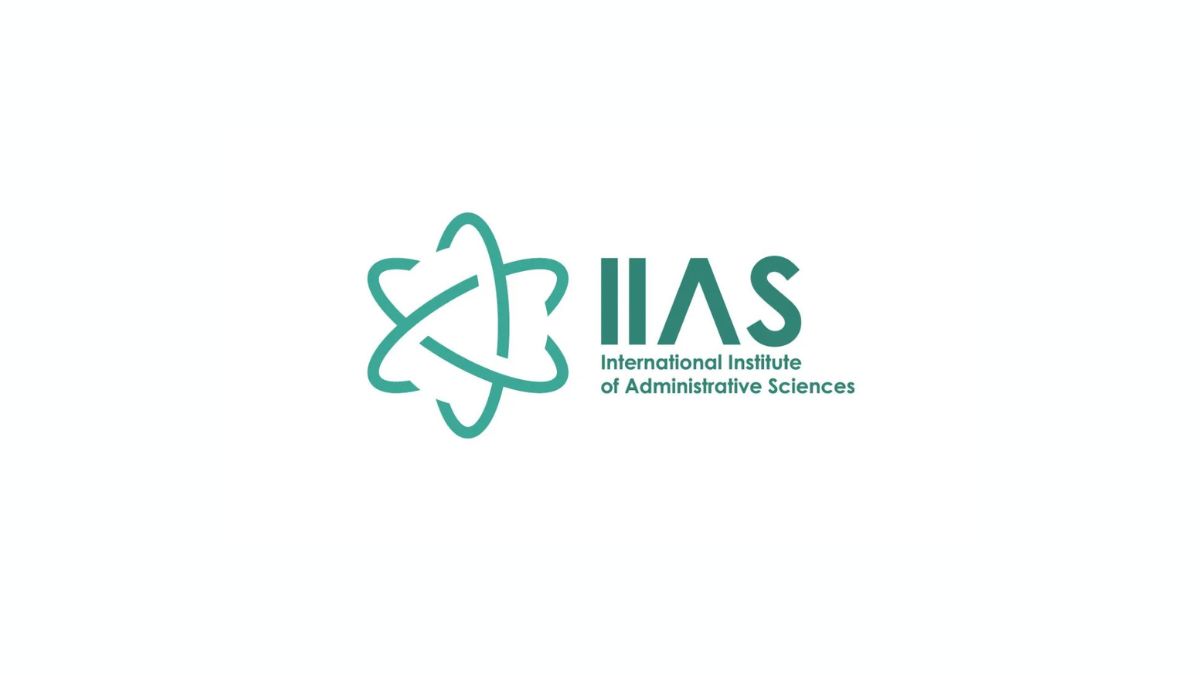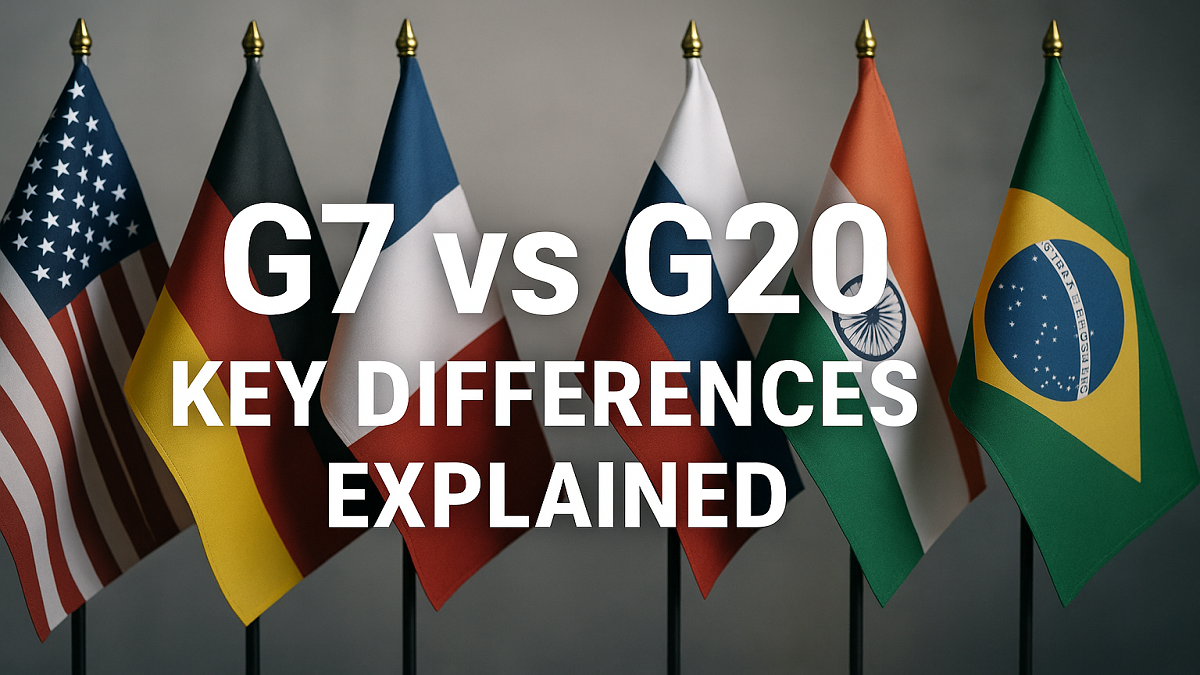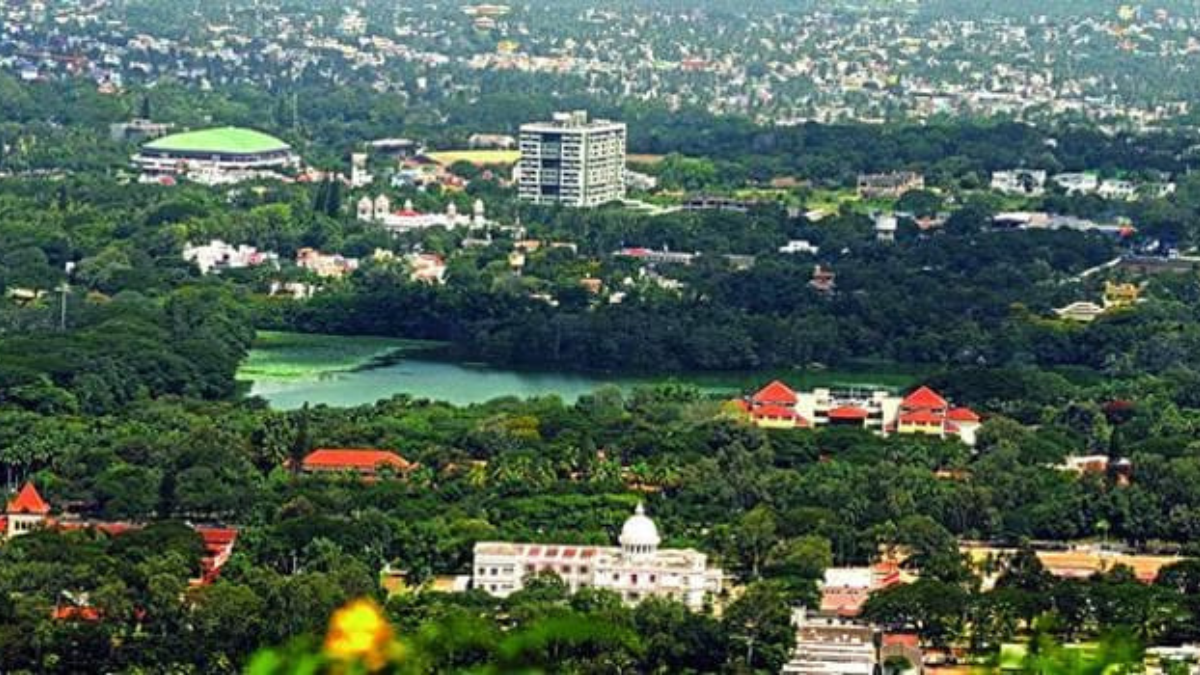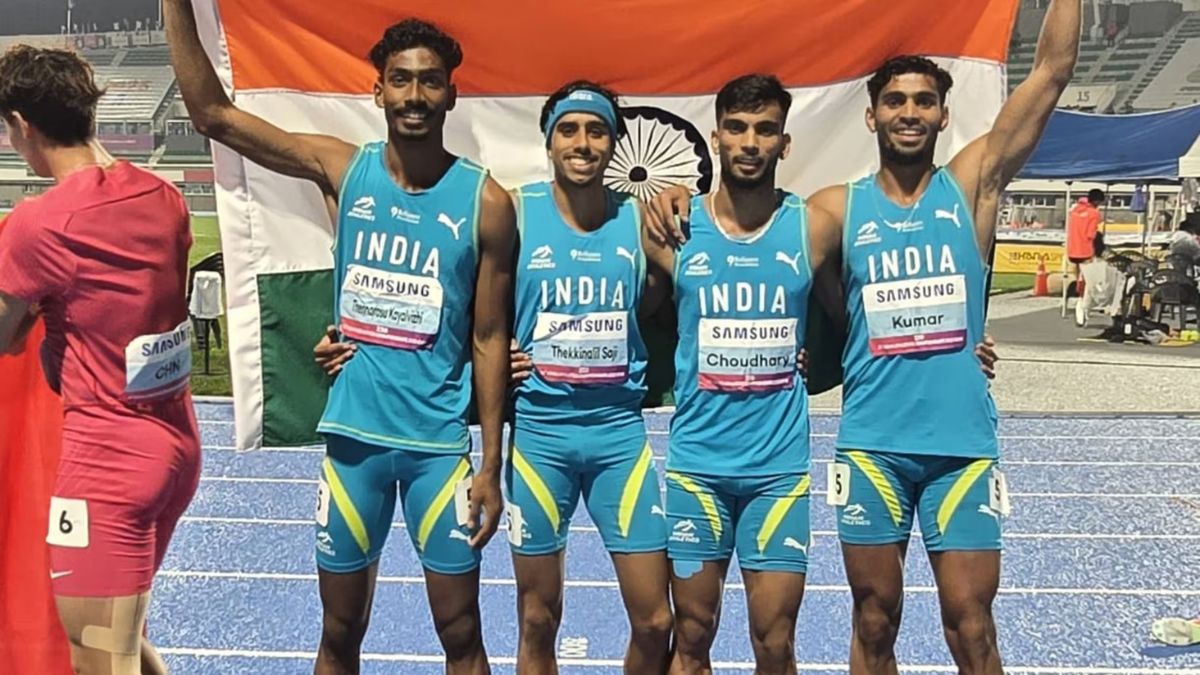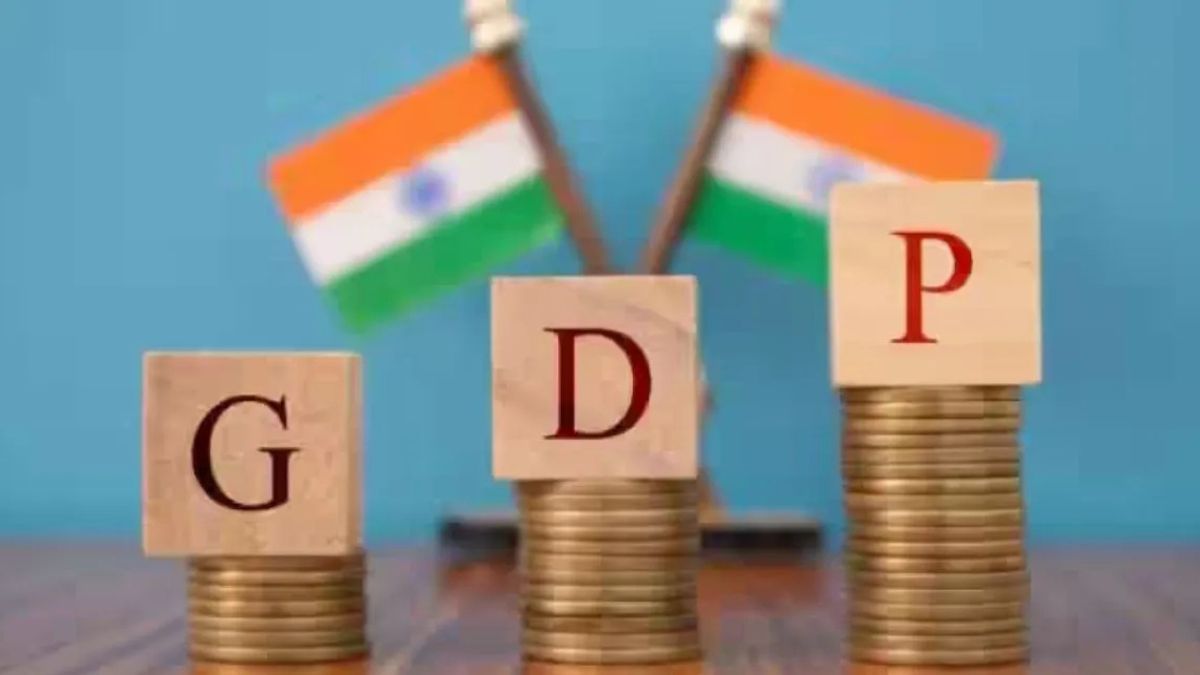June 5 marks the International Day for the Fight against Illegal, Unreported and Unregulated (IUU) Fishing, a global initiative spearheaded by the Food and Agriculture Organization (FAO) of the United Nations. The observance highlights the urgent need to protect the world’s fisheries, marine biodiversity, and the livelihoods of millions dependent on ocean resources by eliminating illegal and unsustainable fishing practices.
Why in News?
This year, the observance coincides with the ninth anniversary of the legally binding Agreement on Port State Measures (PSMA) that came into force on 5 June 2016. The agreement now includes two-thirds of the world’s coastal states, including recent signatories like the Marshall Islands, reaffirming global commitment to combat IUU fishing and promote sustainable fisheries under SDG 14.
What is IUU Fishing?
- Illegal fishing: Conducted without permission or in violation of laws.
- Unreported fishing: Not declared or recorded properly.
- Unregulated fishing: Conducted by vessels with no nationality or in a manner not governed by applicable rules.
- IUU fishing occurs in both international waters and national jurisdictions.
Key Facts
- Estimated 11–26 million tonnes of fish lost annually due to IUU.
- Economic losses are valued between USD 10–23 billion each year.
- 1 in every 5 fish caught globally is from IUU sources.
Key Instruments & Agreements
- 1995 FAO Code of Conduct for Responsible Fisheries: A voluntary guideline for sustainable fishing.
- 2009 Agreement on Port State Measures (PSMA): First legally binding international treaty against IUU fishing.
- Entered into force on 5 June 2016.
- Enforces minimum port controls to block IUU-caught fish from entering global markets.
Aims and Objectives
- Eliminate illegal fishing activities and ensure food security.
- Promote long-term conservation of fish stocks.
- Enforce international cooperation for monitoring and data sharing.
- Safeguard livelihoods of artisanal and small-scale fishers, who form 90% of the fisheries workforce.
Background
- Proposed in 2015 by the General Fisheries Commission for the Mediterranean (GFCM).
- Endorsed by FAO’s Committee on Fisheries.
- Officially recognized by UN General Assembly in December 2017.
- Aligned with SDG 14.4, which aims to regulate and end IUU fishing by 2020.
Significance
- IUU fishing undermines marine conservation, causes biodiversity loss, and threatens coastal economies.
- Undermines lawful fisheries, impacts fish stock sustainability, and feeds black markets.
- Greater awareness can influence consumer behavior and promote responsible seafood choices.




